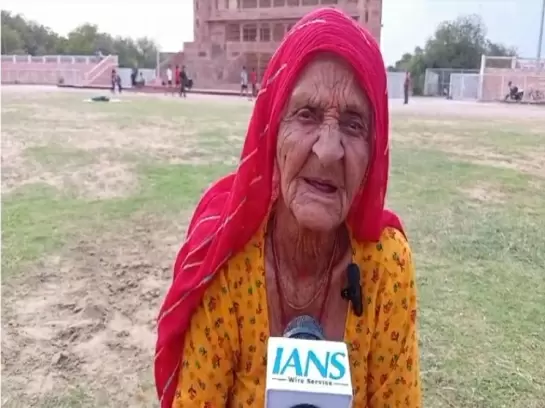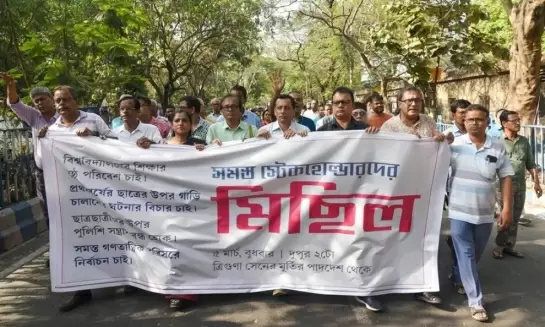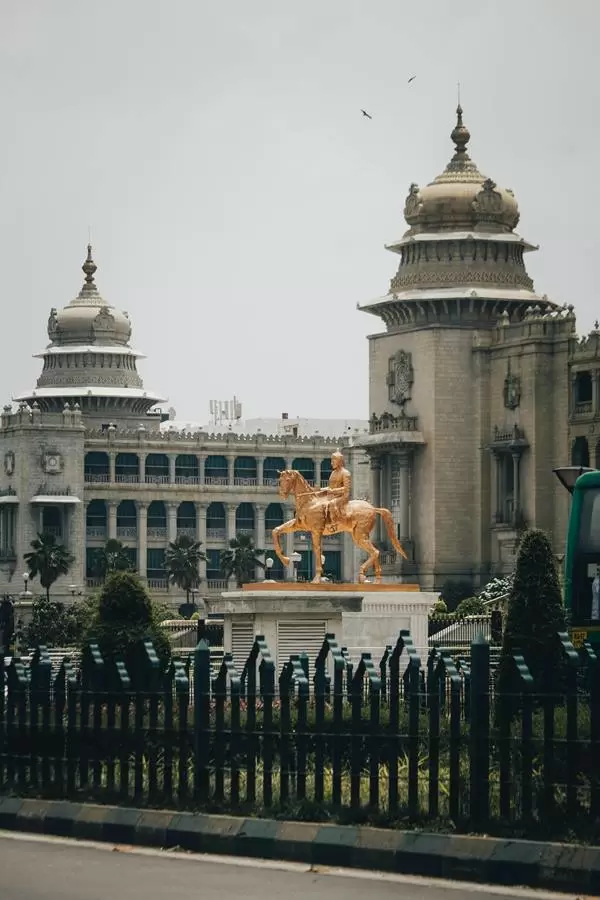Weapons left behind by US in Af could threaten Pak's national security
New Delhi/Islamabad
30-September-2021
.webp)
PHOTO: IANS
Following the course of assuming national power, there has been much concern about Taliban acquiring the leftover military grade equipment and ammunition, both that were used by the US-NATO forces and those that were provided to the Afghan National Army (ANA).
The numbers include 22,174 Humvees, 64,363 machine guns, 358,530 assault rifles, 33 Blackhawk helicopters, 176 artillery pieces and 126,295 pistols, among others. Also, M24 sniper rifles, M18 assault rifles, mortars, and rocket-propelled grenades were among the weapons supplied to the ANA.
The leftover weapons reflect years of heavy investment by the US administration to equip the Afghan National Defense and Security Forces (ANDSF).
According to the Special Inspector General for Afghanistan Reconstruction (SIGAR) report, the US 'Congress created the Afghanistan Security Forces Fund (ASFF) in 2005 to build, equip, train and sustain the Afghan National Defense and Security Forces (ANDSF), which comprises all forces under the Ministry of Defense (MOD) and Ministry of Interior (MOI).
A significant portion of ASFF money is used for Afghan Air Force (AAF) aircraft maintenance, and for ANA, AAF, and Afghan Special Security Forces (ASSF) salaries. The rest of ASFF is used for fuel, ammunition, vehicle, facility and equipment maintenance, and various communication and intelligence infrastructure'.
The report mentions that the US alone spent $18 billion between 2005 and 2021 on 'equipment and transportation' for the ANA. This included nearly 600,000 small arms and their ammunition between 2003 and 2016, according to an audit conducted by the US Government Accountability Office (GAO) as opined in a report by the UK-based Action on Armed Violence.
Watch This TWL Video
A global wire service reported that in July, Afghanistan's ministry of defense posted on social media photographs of seven brand new helicopters arriving in Kabul delivered by the US.
"They'll continue to see a steady drumbeat of that kind of support, going forward," US Defence Secretary Lloyd Austin told reporters a few days later at the Pentagon.
However, a month later, Taliban captured both the country and the weapons and equipment left behind. To add more comedy to this ironical situation, photographs of Taliban hanging swings on the wings of a fighter aircraft and making of helicopter blades into comfortable seating went viral on several social media platforms.
Now the key question is can the Taiban be reined in to function as a responsible nation state using arms only for self-defence and not to inflict violence?
What could be the implications of the weaponry the Taliban have acquired for the future of Afghanistan? Is there a possibility that the Taliban might share these weapons with other militant organisations, thereby threatening regional security?
A renowned professor from the Stanford University, Robert Crews, said that Taliban's possession of these weapons would make them more potent and "their capacity to rule Afghanistan more completely in a more brutal way, which is a major concern".
Further, current and former US officials have raised concern that those weapons could be used to kill civilians, be seized by other militant groups such as Islamic State to attack US-interests in the region, or even potentially be handed over to adversaries, including China and Russia, reported the global wire service.
It is a well-known fact that the Taliban have received help from several militant movements in carrying out various campaigns of insurgency, the latest being the coup that toppled the Ashraf Ghani administration, including the Islamic Movement of Uzbekistan (IMU), East Turkestan Islamic Movement (ETIM) and several militant organisations in Pakistan like the Tehrik-i-Taliban Pakistan etc.
Moreover, the Islamic State-Khorasan (IS-K) is now actively competing against the Taliban to capture Kabul in order to establish the Caliphate. Even if slightest of possibility in future is considered of the IS-K ousting the Taliban, it is a nightmare to think about IS-K seizing these weapons.
One of the critical issues is that once the Taliban stabilise, these organisations would look forward towards a return favour in aiding and equipping them with arms to carry out their respective objectives.
The IMU would become more potent in Uzbekistan and the larger Central Asian region, even to the extent of
affecting Russia's national security.
An armed ETIM would be able to effectively threaten Chinese state's influence in the Xinjiang province.
Thoroughly armed Pakistani terror outfits would pose grave threat to the Pakistani people and also other countries of Southern Asia.
Although, many of the more advanced weapons and equipment may not prove useful to the Taliban, because they are too complex or require special training to use it.
However, simpler high-tech equipment, such as communication instruments, night vision goggles, military drones, small arms, armored vehicles and the similar ones will make Taliban more potent and abusive in their use of power.
Some of this gear has already been used by the elite Badri 313 unit as they guarded key sites, such as the Kabul airport.
More importantly, Taliban's possessions of these weapons pose direct threat to Pakistan's national
security as well as regional security.
Pakistan's role is not a just being a mere neighbour to Afghanistan, but also a responsible friend and a state, ensuring the security of Afghani citizens, Pakistani citizens as well as the security of the entire region.
It would be in Islamabad's best interest to ensure that Taliban are not armed to the teeth. Pakistan being the closest to Afghanistan in terms of shared history, geography as well as culture, already has a upper hand in dealing with the current situation in Afghanistan.
It's an apt time now that Pakistan rises up to its role as a responsible state to negotiate and reach an agreement with the Taliban to surrender all the seized weapons and carryout the exercise of collection, recording and documentation, thereby creating a first ever comprehensive inventory of the stockpile.
It would be seen as a big gesture by Pakistan in returning these accounted weapons to the US. By doing so, Pakistan can re-enforce its role and stature as a regional power on the continental theatre and can both enhance and shape its relations with the US-NATO states, China, Russia, the Central Asian Republics and Iran - IANS
More Headlines
Row Over Aurangzeb's Tomb: Nagpur Flare-Up Occurred After Hours Of Mayhem In Mahal
Curfew Imposed in Nagpur After Clashes, 50 Detained
Manglam Group Invests ₹1,000 Crore in Hospitality Expansion Across Rajasthan
Chai Kings Secures ₹24 Crore Series A Funding from AVT for Expansion
Amritsar Temple Blast: One Suspect Shot Dead, Another on the Run
Row Over Aurangzeb's Tomb: Nagpur Flare-Up Occurred After Hours Of Mayhem In Mahal
Curfew Imposed in Nagpur After Clashes, 50 Detained
Manglam Group Invests ₹1,000 Crore in Hospitality Expansion Across Rajasthan
Chai Kings Secures ₹24 Crore Series A Funding from AVT for Expansion
Amritsar Temple Blast: One Suspect Shot Dead, Another on the Run










